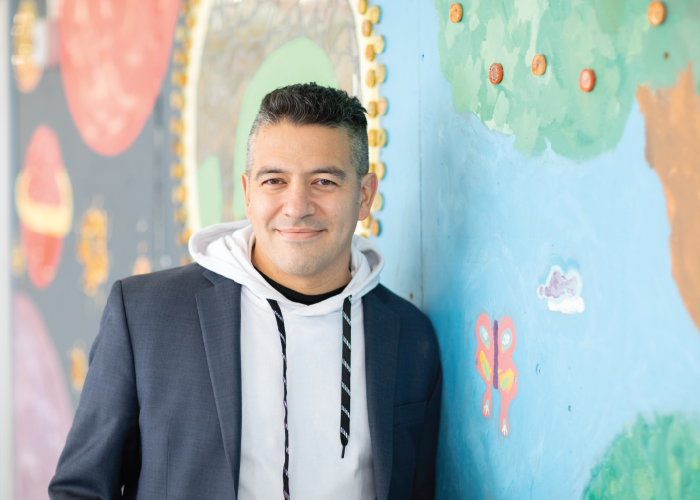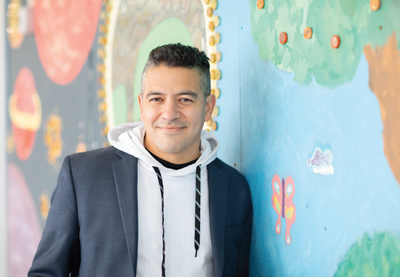One assumption educators often make is that independence and individual initiative are the highest aspirations of education. We must ensure, conventional thinking goes, that students are able to complete work independently. Once we provide them with tools and a “gradual release of responsibility,” they will thrive.

This moribund, “everyone-for-themselves” mindset has intensified with COVID-19, particularly in communities that are fully remote. There, individual professionals and learners have only themselves to lean on to get through this crisis.
But recently, watching an abolitionist webinar with Dr. Bettina L. Love, Dr. Gholdy Muhammad and Dr. Dena Simmons, I arrived at the realization that this moment isn’t about simply leaning into the “new normal.”
It’s actually about returning to the place of origin: family and community. It’s about rediscovering our humanity and considering what it means to find a way forward from that space.
In that space, we are our most elemental selves. I was not raised in close proximity to my Indigenous Mexican ancestors, but I know that in times of difficulty we return to each other.
We connect and talk and, though the problems of the world are many and overwhelming, we sit in the community space that is help for us. I’ve taken this elemental idea and made it my practice as a descendant of the original people of the Americas. When things become challenging and overwhelming, I have to come back to my place of origin, to the people and communities that inspire me to continue on.
When young people can develop the ability to connect with others and act on behalf of and in solidarity with a larger community, then they can not only thrive in their own lives and paths but also uplift those around them. A collectivist mindset disrupts the alienating prioritization of the individual.
Over 20 years ago, under the tutelage of brilliant and generous educators, I decided that students collaborating and addressing real issues in authentic ways was my greatest aspiration. I participated in project-based programs and initiated, in the spirit of the Mississippi Freedom Schools, the expectation that “this is a classroom for talking. We talk here.”
My students over the years have thrived when they have been expected to connect, communicate, collaborate and act as a community.
Needless to say, this culture was completely disrupted—even, for a time, destroyed—by COVID-19 quarantines and shutdowns. It seemed that collaboration would be the last thing we could strive for.
In fact, in the last year, the teaching landscape has changed so dramatically that it feels presumptuous for me to describe any strategy or method that I have used to engage the largely muted and hidden student community in front of me.
But if school closures and distance learning have offered me anything constructive, it is a reaffirmation that education is not simply about individual students listening to instructions. Teaching is not just about being a taskmaster, assigning things, collecting them and moving on. Even our technology-driven Gen Z-ers complain that they are tired of screens and doing “busy work,” which is code for “work that has no authentic application to the world in which I exist.”
They miss their peers.
We miss them.
In one of my classes, after students collaborated on a project examining virtual communities during the pandemic, one even commented, “This was really helpful; seeing other people’s projects made me feel less alone.”
So my challenge to myself is this: to center all I do in my place of origin.
Community. Conversation.
Asking my students what is and what isn’t working in my remote class. Offering multiple ways to engage—whether through innovative chat rooms, games or shared playlists—and constantly gathering and applying feedback.
I am planning less but building more. Because now, more than ever, we need authentic spaces in which students can consider their humanity—and community.
Gerardo Muñoz teaches middle and high school social studies at the Denver Center for International Studies in Denver, Colorado. He is the 2021 Colorado Teacher of the Year.
Share Your Story
What motivates you to get up each morning and serve students in our nation’s schools? We want to hear from you. Send your 600-word submission for the “Why I Teach” column to lfjsubmissions@splcenter.org.
